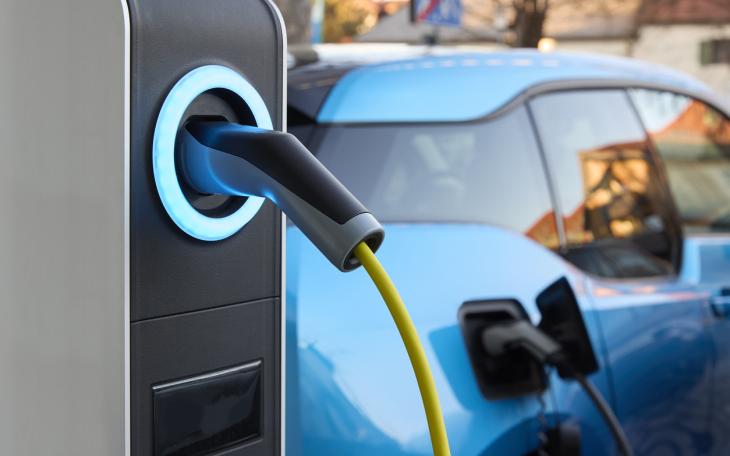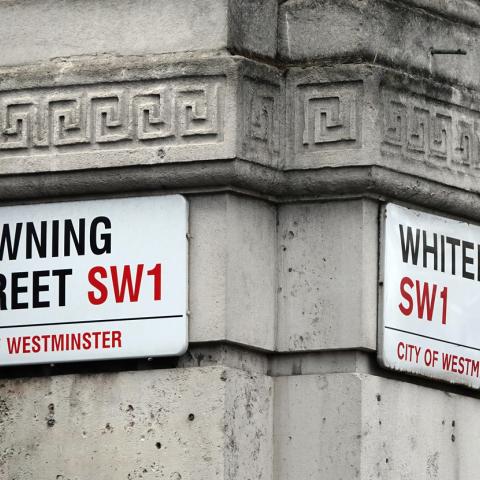Is our EV infrastructure stuck in the 70s?

Electric vehicles (EVs) are paving the way to a greener transport industry. Almost half (44.1%) of all new cars registered in Europe are now either fully electric or hybrid. The good news is that consumers, clearly, are starting to play their part in the energy transition, but will this enthusiasm be dampened by our infrastructure’s inability to keep up?
A study by the Society of Motor Manufacturers and Traders (SMMT) discovered that in 2022 there were 36 electric cars on the road for every public electric vehicle charger, compared with 31 cars per charger at the end of 2021.
This trend shows that the ratio of EVs to chargers is on the rise, but if consumers still feel as though they won’t be able to charge their vehicles then they might be put off purchasing an EV that they would have otherwise bought.
Beyond the clear issue of charging infrastructure, concerns have also been raised recently about existing car parks collapsing under the weight of electric vehicles.
Most of the UK’s 6,000 multi storey car parks were built on guidance published in 1976, at a time when the weight of popular cars, such as the Ford Cortina, was little more than a tonne.
A modern-day Tesla Model 3 weighs more than twice that at 2.2 tonnes, and as a greater proportion of vehicles on the road are electrified, concerns will only grow.
It’s clear that the electrification of our transport systems has presented new and unforeseen issues, but that doesn’t mean that we’re unable or unequipped to combat them.
Russell Simmons, chair of the British Parking Association’s structures group, and Chris Wapples, a structural engineer and car park consultant, have drawn up guidance that will help to increase the loading limits of the concrete floors of said multi storeys.
NCP, one of the country’s largest parking operators, is already adjusting its newer sites, including placing most of the EV chargers on the bottom floor and making bays slightly wider to spread the increased weight.
Worries over the weight of electric vehicles has also led a Conservative Party think tank to suggest that electric cars should be charged a “pay-as-you-drive” tax due to the disproportionate damage they cause to roads.
The Centre for Policy Studies (CPS) argues that this would be a fair way for the government to gain the revenue needed to maintain our infrastructure, as those with a higher mileage (and therefore greater damage) would pay more.
The CPS also raises concerns over government revenues, as the £33 billion that is currently raised by fuel duty and vehicle tax would be lost. The report referred to this as a “budget black hole” and warned that the longer ministers delay bringing in charges on electric vehicles, the more “politically difficult” the move will become.
Currently, EVs are exempt from road tax and pay a standard VAT rate of 20% on the electricity they consume, meaning the government gains roughly £3.20 per electric vehicle charged, compared to £41.94 for an average family car (55L petrol tank, fuel duty and VAT combined).
Whilst the reduced tax burden of electric cars has been a significant reason for their increased popularity, reports from the CPS and British Parking Association are reminders that there can be unforeseen costs of the electrification of our roads. These costs will need to be paid for in some way, with government spending on roads totalling up to £11.8 billion per year.
It may be bad politics to raise road and vehicle taxes, but someone will have to pay for all this infrastructure spend and someone will have to decide where that money comes from. A defining moment could come at the end of 2025, when zero emission vehicles will stop being exempt from the Congestion Charge. Policy makers may be waiting for this moment to help gauge the severity and scale of any national policies









